Act Now - Limited Time Offer
$67 Pest Control

Chris Barber
Pest Control Technician
Jason Hansen
Pest Control Technician
Rob Adrain
Sales Representative
Rocklin homes may often be troubled by cat fleas (Ctenocephalides felis), small reddish-brown insects that commonly infest cats and dogs. These fleas, about 1/8 inch in size, live by feeding on the blood of pets, causing itching, hair loss, and even anemia in severe infestations. Cat fleas are also known to bite humans, leading to itchy welts and possible allergic reactions.
The life cycle of the cat flea includes four stages: egg, larva, pupa, and adult. Female fleas can lay up to 50 eggs daily, which fall into carpets and bedding. Larvae feed on dried blood and thrive in protected, humid areas. The full cycle lasts about 18 days, with adult fleas living for around 40 days on their host.
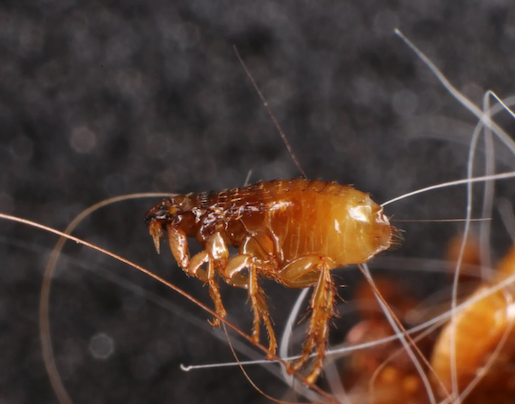
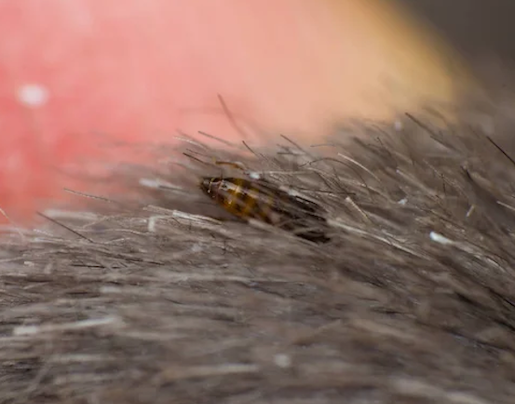
Ctenocephalides canis, commonly known as dog fleas, are parasitic pests that infest dogs, though they can also bite cats and humans. While similar in appearance to cat fleas, dog fleas are less common in California. These reddish-brown, wingless insects are tiny and difficult to spot. They feed on the blood of their hosts, causing irritation, and can also transmit tapeworms.
Dog fleas follow a life cycle that includes eggs, larvae, pupae, and adults. Flea eggs are often shed from the host and land in areas like carpets and bedding. Larvae feed on organic matter and flea waste. Pupae develop in cocoons, where they may remain dormant for several months. Adult fleas live for weeks, feeding and reproducing frequently.
Sticktight fleas, frequently found on ground squirrels and poultry, attach firmly to the ears and eyes of their hosts, causing irritation and potential health risks. Pets that spend time outdoors are particularly vulnerable, especially in areas with ground squirrels. Regular pet inspections can help catch infestations early.
To effectively treat sticktight fleas, both pets and their environments must be addressed. It’s important to treat pets and their bedding on the same day. Outdoor pets may require inspection and treatment of both indoor and outdoor areas.
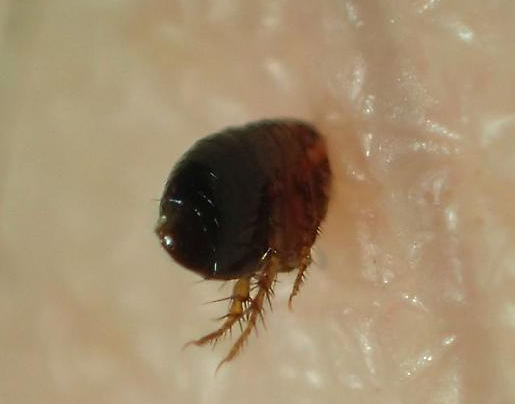
At Rocklin Pest Control, we begin our flea treatment with a complete property inspection. We examine your yard, particularly the areas where fleas are likely to be found, like spots your pets frequent. This helps us focus our treatment on the most affected zones. Our technicians review shaded areas and thick foliage in your outdoor spaces.
Indoors, we concentrate on baseboards, cracks, and crevices, as well as pet bedding, carpets, and upholstered furniture, ensuring we cover all potential flea habitats. Finding these spots is crucial for effective flea control.
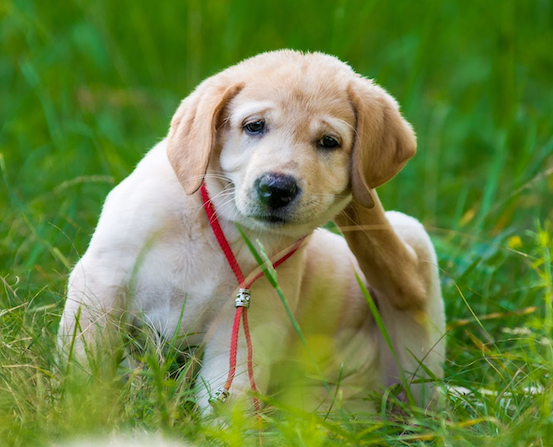
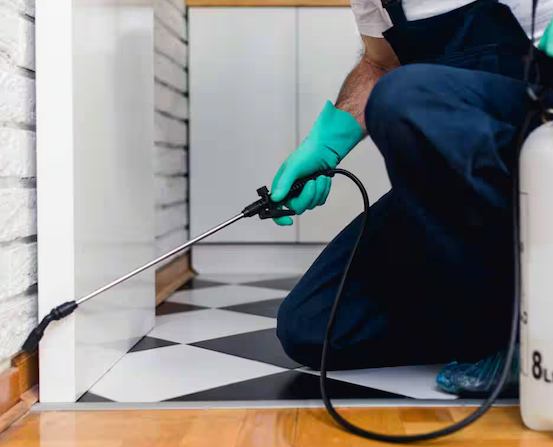
To get your home ready for flea treatment, mow your lawn outside. Inside, clear floors of all items like toys or mats. Vacuum carpets, under beds, and closet floors, then discard the vacuum bag. Sweep and mop all hard surfaces. Treat pets and clean their bedding on the same day. The house needs to be vacant for 2-3 hours while the treatment dries.
We start by inspecting your yard to identify flea hotspots, treating up to half an acre. Indoors, we use liquid treatments on baseboards, cracks, and crevices, as well as pet play areas. Floors may be slippery initially, but they dry fast. Fans can help speed up the process.
At Rocklin Pest Control, we schedule a complimentary follow-up treatment two weeks after the initial flea control service. This step is critical to ensure any remaining fleas are eliminated. Our technician will conduct the same extensive treatment, focusing on all previously treated areas to ensure thorough eradication.
We encourage vacuuming carpets and sweeping floors regularly after the first visit, as this helps prompt flea eggs to hatch. This makes our follow-up treatment even more effective. Keeping pets treated and their bedding clean is also essential for preventing re-infestation.

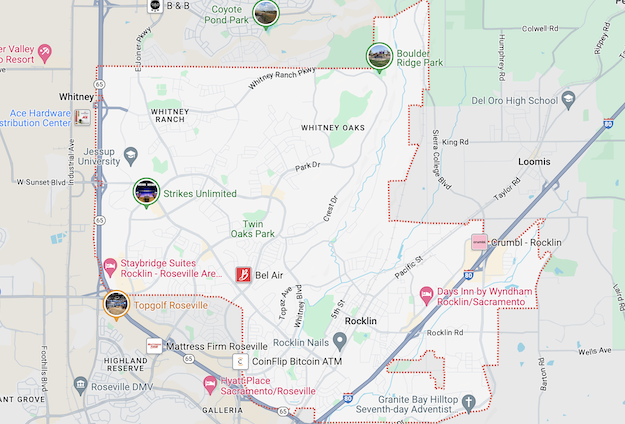
Limited time offer! Get $50 off your first pest control service.

Barrier Services
Rocklin Office
© Rocklin Pest Control 2024